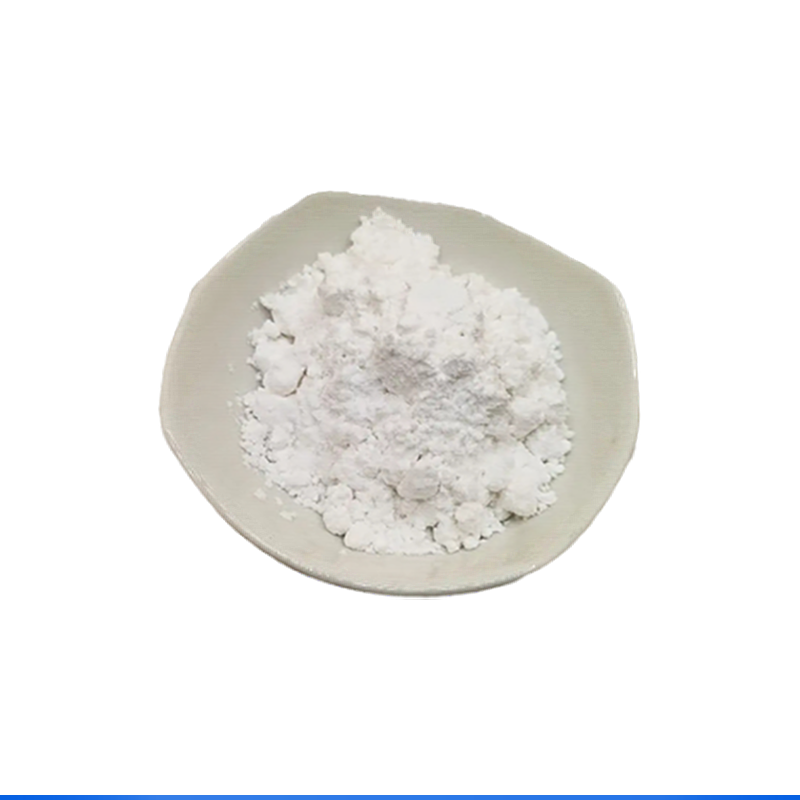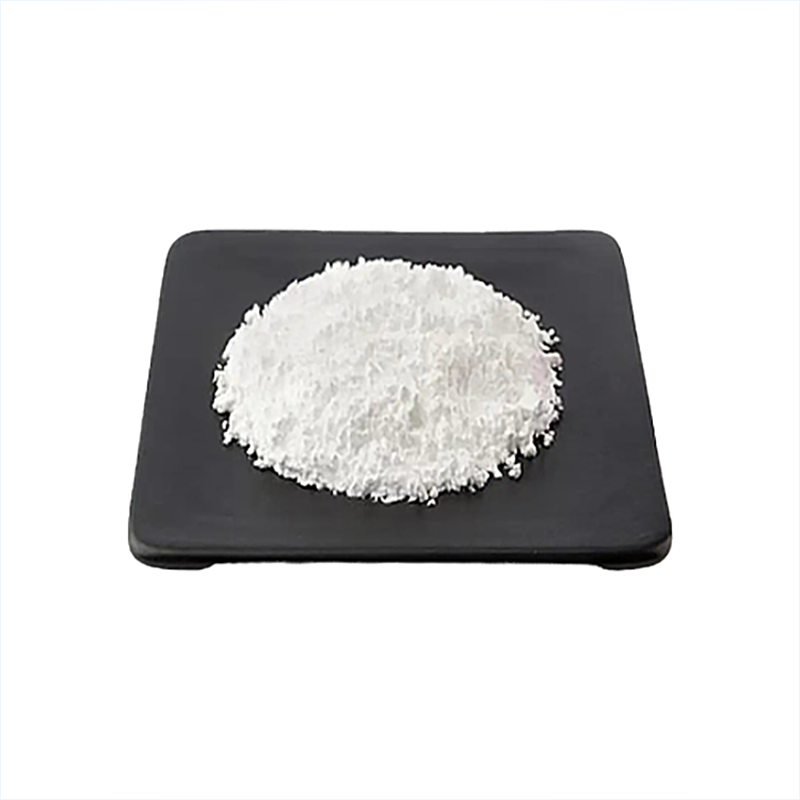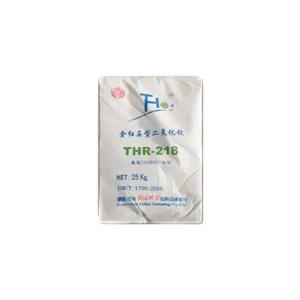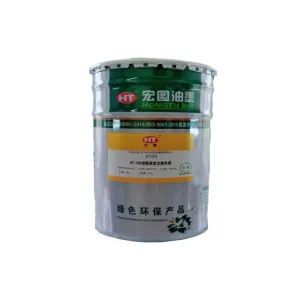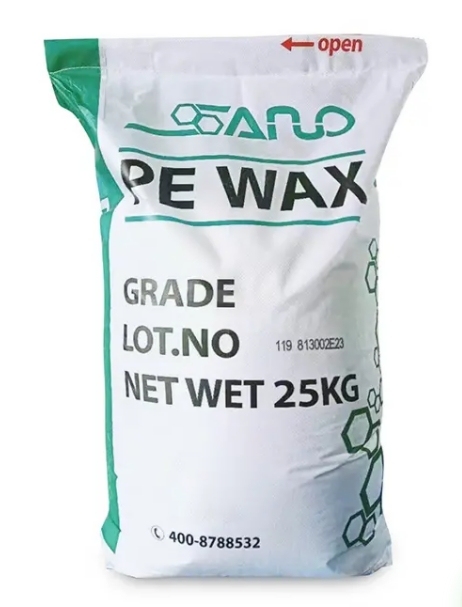90,396
January 26, 2024, 5:48 PM
Titanium alloy materials have the characteristics of light weight, high strength, small elasticity, high temperature resistance and corrosion resistance, and are mainly used in aerospace and cutting-edge military fields. At present, with the maturity of technology, titanium alloys, as an increasingly common metal material, have begun to be used in ships, chemical equipment, oceans, sports equipment, medical implants, automobiles, motorcycles, bicycles, construction, daily necessities, etc. Widely used in fields.
3D printing materials are mainly divided into several categories: photosensitive resin materials, engineering plastic materials, metal materials, ceramic materials, biomaterials, rubber materials, graphene materials, etc. At this stage, China's 3D printing is still dominated by non-metallic materials. Non-metallic materials include engineering plastics, photosensitive resins, ceramic materials and cellular biological raw materials. Non-metallic and metallic materials roughly form a 6:4 pattern, and China has few manufacturers of 3D printing raw materials, especially metallic materials, which still rely on imports.
Compared with other materials, titanium alloys have excellent comprehensive properties such as high specific strength, good high-temperature mechanical properties and creep resistance, and good corrosion resistance. They are considered to be the most suitable metal material for preparation into powder. In terms of material properties, powder quality is one of the key factors affecting the structure and performance quality of the final printed part and the maturity of use. If the powder or process parameters are not properly selected, defects such as spheroidization, cracks, pores and warping deformation are prone to appear in the formed part., seriously affecting its forming accuracy and mechanical properties. Generally, the better the powder quality, the higher the consistency,
The smaller the fluctuation and smaller the particle size, the better the density and mechanical properties of the printed product.
Various metals can be used in powder form to make parts through 3D printing. Currently, the common metal 3D printing materials on the market are mainly concentrated in the fields of titanium alloys, aluminum alloys and stainless steel, among which titanium alloys have the fastest development and the highest share.

